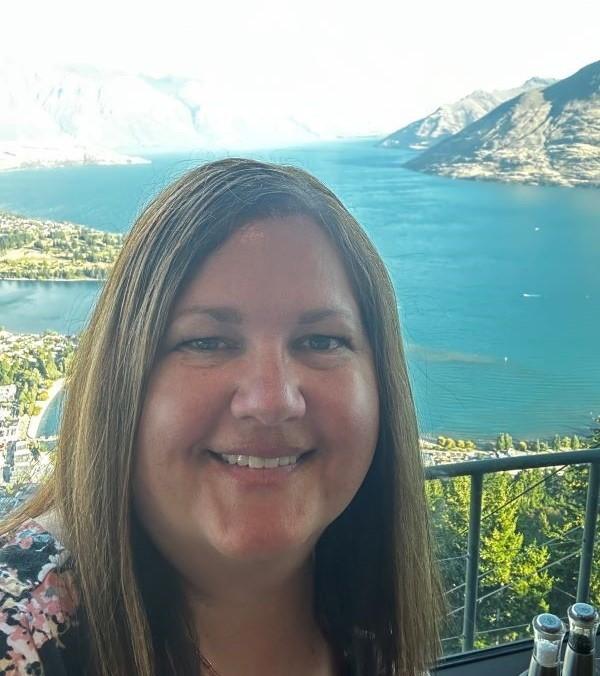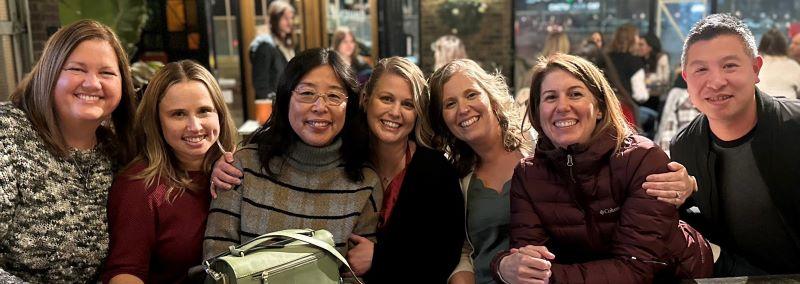Candi Thompson Career Spotlight
Candi Thompson is an Anesthesia Assistant in Saskatoon working in many departments including operating rooms (OR), Children’s hospital, post anesthetic areas, endoscopy suites, magnetic resonance imaging (MRI), Computed Tomography (CT) suites, Cath Labs, Electrophysiology (EP) Labs, Neurovascular Suite, Radiation Therapy, and Obstetric Areas at the Royal University Hospital, St. Paul's Hospital, Saskatoon City Hospital and the Jim Pattison Children's Hospital.
What are you responsible for as an Anesthesia Assistant?
Typical day – Anesthesia Assistants (AAs) arrive early and set up the Operating Room (OR) by checking and calibrating anesthesia machines, monitors and emergency equipment. Prepare medications, airway devices, IV supplies and other airway equipment. Assist in various acute surgeries i.e. Heart Surgery, Awake Intubations, and traumas. AAs help place IVs, Artline's and assist with the induction of anesthesia. AAs provide intraoperative monitoring, continuously monitor and adjust anesthetic gases, medications and ventilator settings. AAs are responsible for ongoing setups for ORs throughout the day and several out of OR procedures where an anesthetic is provided. The anesthesia team consists of an AA and an anesthesiologist. AAs provide an expert set of hands that speak the same language as anesthesia. The on-call AA will stay late in the ORs to assist with any ongoing emergent cases.
How is your work-life balance as an Anesthesia Assistant?
The typical week of the AA is Monday to Friday, 7:30 a.m. to 4:00 p.m. We are on call once every 10-12 weeks. An excellent work life balance.
Have you always wanted to be an Anesthesia Assistant?
Most AAs are Registered Respiratory Therapists (RRTs) with many years of experience. Me personally, I was ready for a change as an RRT and thought the additional schooling and responsibility would be challenging and rewarding.
Do you have any advice for students or new graduates looking to pursue a career as an Anesthesia Assistant? Are there specialty areas that are in more demand than others?
We recommend at least 2 years as an RRT or critical care Registered Nurse (RN) before considering pursuing the AA profession.
What is the number one thing you love about being an Anesthesia Assistant?
I love the variety of workplaces and patients. Every day is a different experience. Getting to use my education and experience to its fullest potential. We have great co-workers and get to work with many health-care providers. It is very rewarding.




